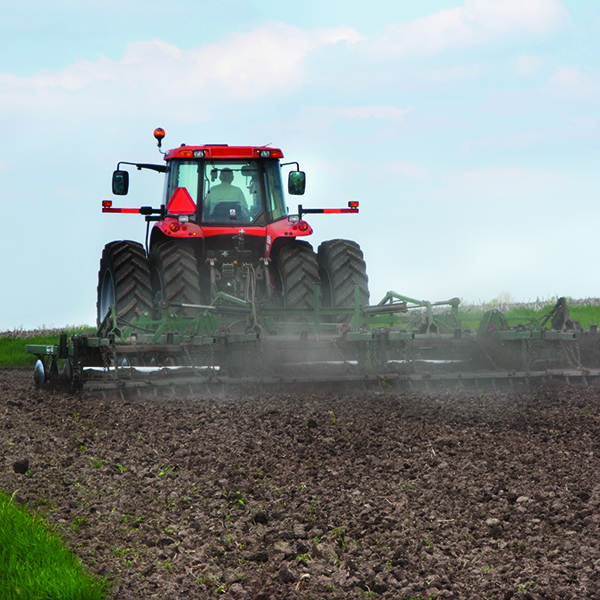Spring feasts have no time for pesky bacteria
It’s a special time of year, as spring is welcomed and several holidays are celebrated. Many families and communities celebrate with their Easter, Eid and Passover traditions.
Whether when celebrating Easter dinner with ham, Eid lunch with lamb or Seder meal with brisket, remember to keep food safety at the forefront.
In a season of different traditions and foods, the same food safety steps for everyone should be followed:
• Be sure to allow plenty of time to thaw a frozen ham, lamb or brisket, by using refrigerator, cold water or microwave thawing methods.
• Minimum internal temperatures should be observed when cooking meat and poultry items – beef, pork, veal and lamb steaks, chops and roasts to 145ºF; fish and shellfish to 145ºF; ham, fresh or smoked (uncooked) to 145ºF; eggs of 160ºF; ground meats to 160ºF; and all poultry (breasts, whole bird, legs, thighs, wings, ground poultry, giblets and stuffing) to 165ºF.
• When reheating already cooked meat and poultry items that have cooled, they should be reheated to at least 165ºF, on the stove top, in the oven or in a microwave.
• To prevent entering the Danger Zone, perishable foods, such as kebabs, brisket or ham, should be discarded, if left out for longer than two hours. To prevent food waste, refrigerate or freeze perishable items within two hours, or keep hot foods hot and cold foods cold.
• Divide leftovers into smaller portions, and refrigerate or freeze them in shallow containers, which helps leftovers cool quicker than storing them in large quantities. Leftovers can be kept in the refrigerator for three to four days, or frozen indefinitely, but quality will decrease after three to four months.
To learn more about proper preparation and food safety, visit ask.usda.gov.




